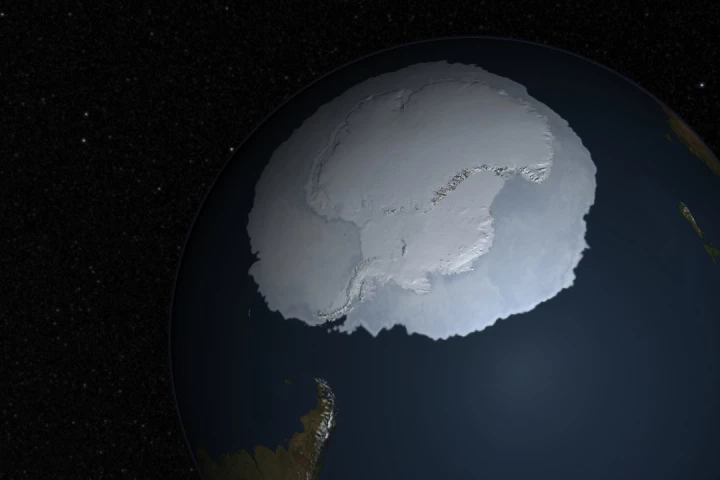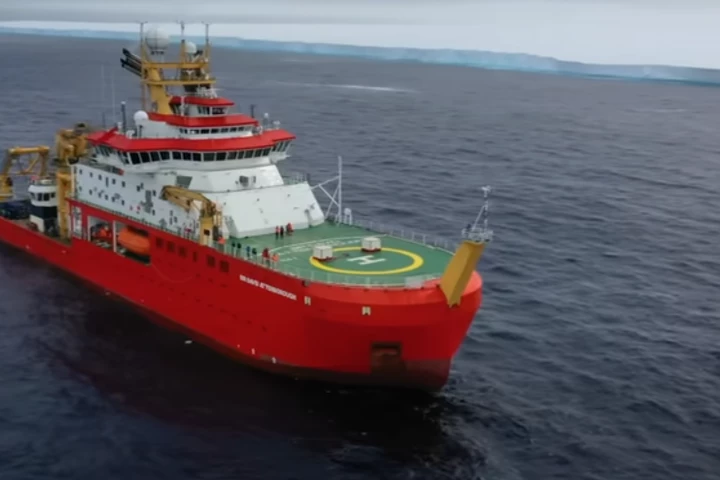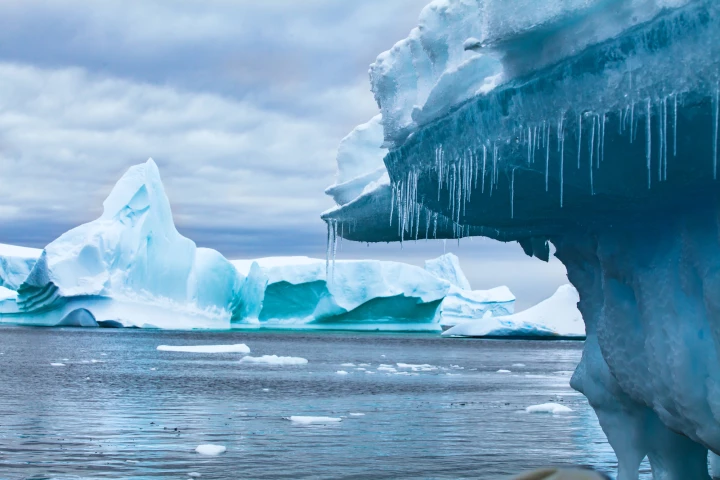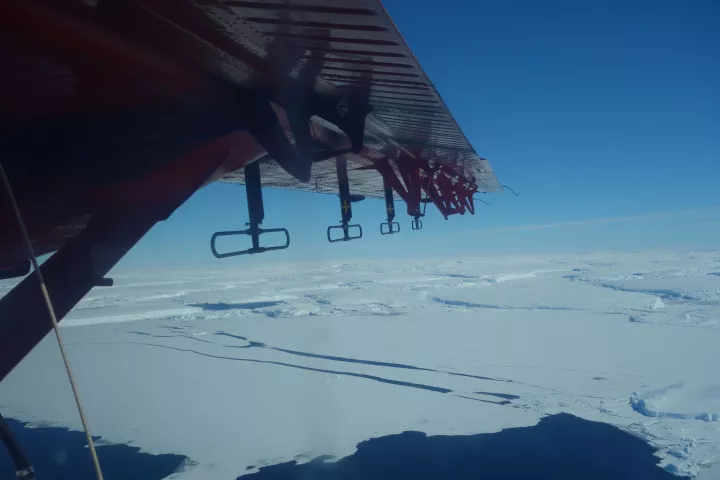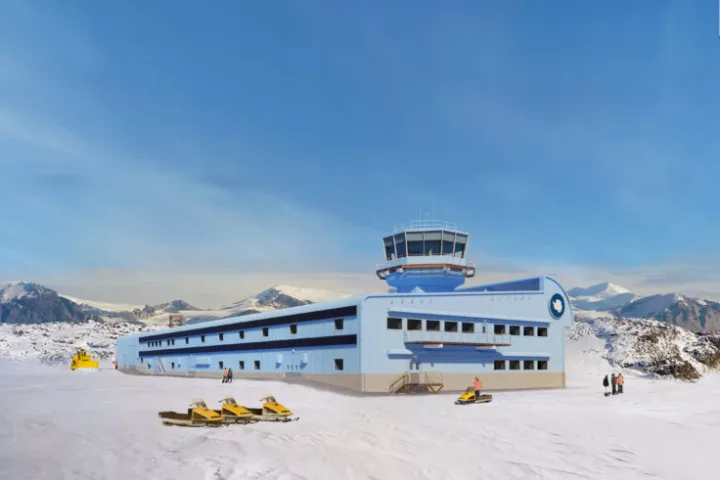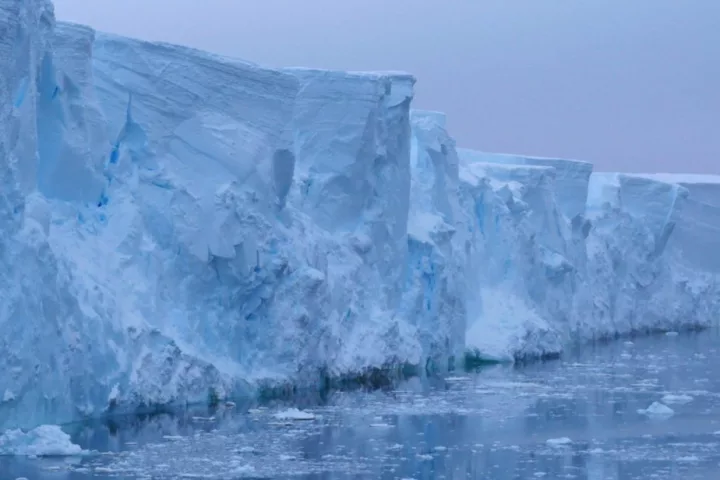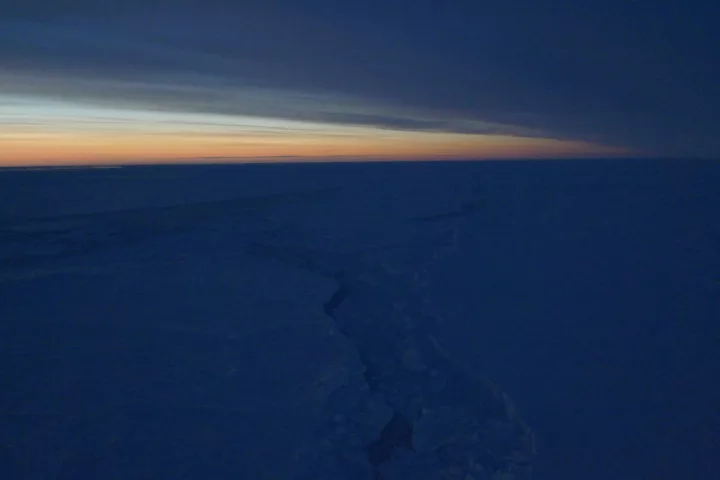British Antarctic Survey
-
The British Antarctic Survey (BAS) has released the most detailed map yet of what Antarctica looks like when you strip away its ubiquitous cover of ice and snow. Derived from 60 years of data, it will help scientists understand ice flows better.
-
Traffic in the vicinity of Antarctica has become a bit trickier now that A23a, the world's oldest and largest iceberg, has broken free of its watery trap north of the South Orkney Islands and is floating northward on the Antarctic Circumpolar Current.
-
Researchers are using machine learning to analyze satellite radar data to detect icebergs in the Southern Ocean around Antarctica as a way to better understand their life cycle and environmental impact.
-
It was only a matter of time, but highly pathogenic avian influence (HPAI) has officially found its way to Antarctica, after dead migratory brown skuas on Bird Island returned positive test results. This leaves just Oceania free of the deadly virus.
-
A team from the British Antarctic Survey has completed the first map of the ground beneath West Antarctica's Doomsday Glacier, which is the size of Great Britain and could raise global sea levels by 65 cm (25 in) in the coming centuries as it melts.
-
Racing to beat the Antarctic winter, contractors have completed a major milestone in the construction of a new science and operations building at Rothera Research Station designed to withstand polar conditions that is eco friendly and energy efficient.
-
Based on a 25-year record of the Western Antarctic Ice Sheet, a team of scientists led by the British Antarctic Survey (BAS) have shown that changes in snowfall over Antarctica can have significant short-term effects on global sea level rises.
-
An international team of scientists and cartographers has released the most detailed map of the seafloor of the Southern Ocean that surrounds Antarctica. It covers 48 million km² and includes the deepest spot yet found in the region.
-
A rarely seen total eclipse of the Sun in Antarctica on December 4 is drawing the attention of an international partnership of scientists who hope to learn more about the effects of such eclipses on space weather.
-
A research team has begun an €11-million (US$12.9-million) project with the hopes of collecting the oldest continuous ice core in Antarctica, providing a record of the climate spanning some 1.5 million years.
-
The World Meteorological Organization has confirmed the highest temperature ever recorded in Antarctica. On February 6, 2020 at Argentina's Esperanza Base, located on the Antarctic Peninsula, a maximum temperature of 18.3 °C (69.9 °F) was reached.
-
The mega-berg that last year threatened one of the world's largest marine nature reserves is no more. Measuring an incredible 2,187 square miles when it broke off Antarctica in 2017, iceberg A-68a has now disintegrated into fragments too small to track.
Load More
